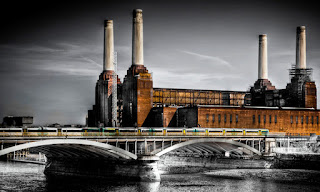Coal is the most abundant fossil fuel on the planet, and widely used as the source of energy in thermal power stations. It is a relatively cheap fuel, with some of the largest deposits in regions that are stable politically, such as China, India and the United States.
In coal-fired power stations, the raw feed coal from the coal storage area is first crushed into small pieces and then conveyed to the coal feed hoppers at the boilers. The coal is pulverized into a very fine powder. The pulverizers may be ball mills, rotating drum grinders, or other types of grinders.
Coal-fired power plants use provides around 40% of the world's electricity and they are primarily used in developing countries. Countries such as South Africa use coal for 94% of their electricity and China and India use coal for 70-75% of their electricity needs, however the amount of coal China uses dwarfs most other countries (see the data visualization below). The use of coal provides access to electricity to those who previously didn't have it, which helps to increase quality of life and reduce poverty in those regions, however it produces large quantities of different pollutants which reduces air quality and contributes to climate change.
As of 2009 the largest coal-fired power station is Taichung Power Plant in Taiwan. The world's most energy-efficient coal-fired power plant is the Avedøre Power Station in Denmark. More details
